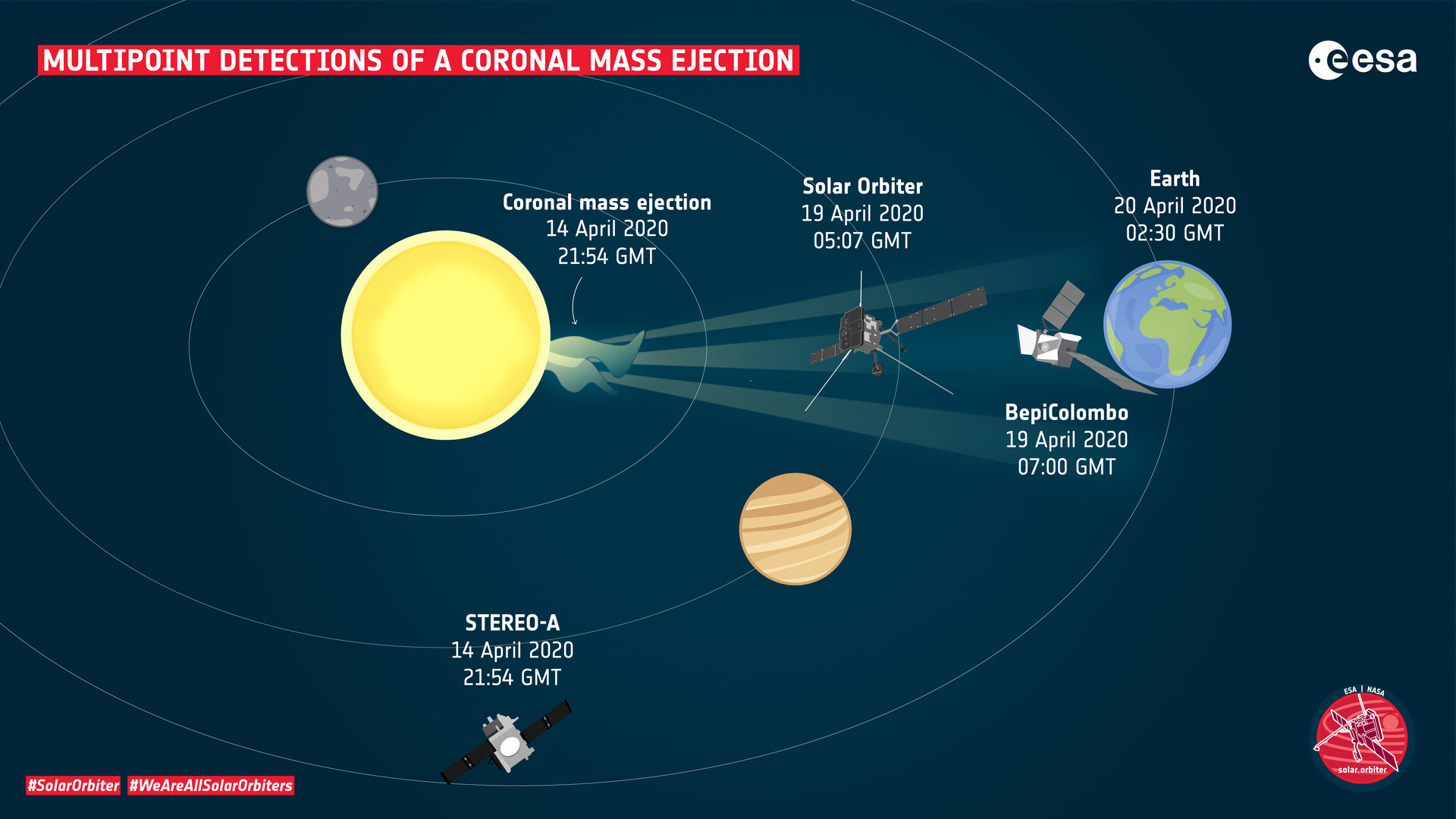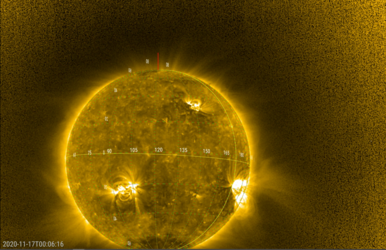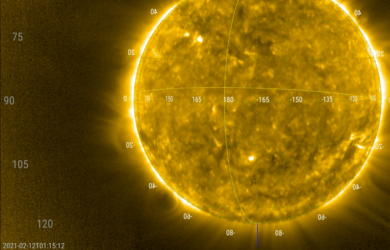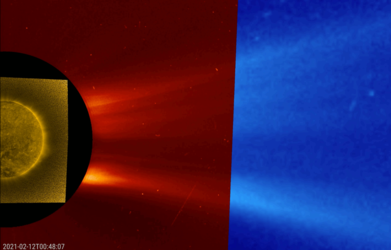Accept all cookies Accept only essential cookies See our Cookie Notice

About ESA
The European Space Agency (ESA) is Europe’s gateway to space. Its mission is to shape the development of Europe’s space capability and ensure that investment in space continues to deliver benefits to the citizens of Europe and the world.
Highlights
ESA - United space in Europe
This is ESA ESA facts Member States & Cooperating States Funding Director General Top management For Member State Delegations European vision European Space Policy ESA & EU Space Councils Responsibility & Sustainability Annual Report Calendar of meetings Corporate newsEstablishments & sites
ESA Headquarters ESA ESTEC ESA ESOC ESA ESRIN ESA EAC ESA ESAC Europe's Spaceport ESA ESEC ESA ECSAT Brussels Office Washington OfficeWorking with ESA
Business with ESA ESA Commercialisation Gateway Law at ESA Careers Cyber resilience at ESA IT at ESA Newsroom Partnerships Merchandising Licence Education Open Space Innovation Platform Integrity and Reporting Administrative Tribunal Health and SafetyMore about ESA
History ESA Historical Archives Exhibitions Publications Art & Culture ESA Merchandise Kids Diversity ESA Brand Centre ESA ChampionsLatest
Space in Member States
Find out more about space activities in our 23 Member States, and understand how ESA works together with their national agencies, institutions and organisations.
Science & Exploration
Exploring our Solar System and unlocking the secrets of the Universe
Go to topicAstronauts
Missions
Juice Euclid Webb Solar Orbiter BepiColombo Gaia ExoMars Cheops Exoplanet missions More missionsActivities
International Space Station Orion service module Gateway Concordia Caves & Pangaea BenefitsLatest
Space Safety
Protecting life and infrastructure on Earth and in orbit
Go to topicAsteroids
Asteroids and Planetary Defence Asteroid danger explained Flyeye telescope: asteroid detection Hera mission: asteroid deflection Near-Earth Object Coordination CentreSpace junk
About space debris Space debris by the numbers Space Environment Report In space refuelling, refurbishing and removingSafety from space
Clean Space ecodesign Zero Debris Technologies Space for Earth Supporting Sustainable DevelopmentApplications
Using space to benefit citizens and meet future challenges on Earth
Go to topicObserving the Earth
Observing the Earth Future EO Copernicus Meteorology Space for our climate Satellite missionsCommercialisation
ESA Commercialisation Gateway Open Space Innovation Platform Business Incubation ESA Space SolutionsEnabling & Support
Making space accessible and developing the technologies for the future
Go to topicBuilding missions
Space Engineering and Technology Test centre Laboratories Concurrent Design Facility Preparing for the future Shaping the Future Discovery and Preparation Advanced Concepts TeamSpace transportation
Space Transportation Ariane Vega Space Rider Future space transportation Boost! Europe's Spaceport Launches from Europe's Spaceport from 2012Latest

Multipoint detections of a coronal mass ejection
Thank you for liking
You have already liked this page, you can only like it once!
A few months after Solar Orbiter was launched in February, it measured the effects of a coronal mass ejection (CME) that came from the Sun. Similar measurements from other ESA and NASA spacecraft have allowed the evolution of the CME to be charted during its five-day passage from the Sun to the Earth.
A CME is an eruption of around a billion tonnes of particles that comes from the solar atmosphere, the corona, and travels through the solar system. CMEs are an important part of ‘space weather’. The particles spark aurorae on planets with atmospheres, and can cause malfunctions in some technology. They can also be harmful to unprotected astronauts. So it is important to understand CMEs, and be able to track their progress.
The CME that Solar Orbiter detected on 19 April was not particularly large or powerful. ESA’s Solar and Heliospheric Observatory (SOHO), which watches for CMEs heading for the Earth barely registered the eruption. Nevertheless, the CME effects were measured by Solar Orbiter and later by Bepicolombo.
It was also seen by NASA’s STEREO-A spacecraft, which is situated about ninety degrees away from the direct Sun-Earth line, and looking directly across the area of space that the CME travelled through.
The CME erupted on 14 April at 21:54 GMT. It passed Solar Orbiter, which was upstream of the Earth and nearer to the orbit of Venus at the time, at 05:07 GMT on 19 April. BepiColombo, which was closer to Earth, detected the CME at 07:00 GMT on the same day, and it finally passed by the Earth at 02:30 GMT on 20 April.
With this multitude of datasets, researchers can trace the movement and evolution of the CME through time and space. It represents an example of ‘multipoint solar science’, which is set to become a feature of the Solar Orbiter mission as scientists correlate its measures with data from other spacecraft in the inner Solar System.
-
CREDIT
ESA -
LICENCE
ESA Standard Licence

Multipoint view of a coronal mass ejection

Solar Orbiter’s multi-instrument view of a coronal m…

EUI’s first coronal mass ejection

EUI’s view of February 2021 CME















 Germany
Germany
 Austria
Austria
 Belgium
Belgium
 Denmark
Denmark
 Spain
Spain
 Estonia
Estonia
 Finland
Finland
 France
France
 Greece
Greece
 Hungary
Hungary
 Ireland
Ireland
 Italy
Italy
 Luxembourg
Luxembourg
 Norway
Norway
 The Netherlands
The Netherlands
 Poland
Poland
 Portugal
Portugal
 Czechia
Czechia
 Romania
Romania
 United Kingdom
United Kingdom
 Slovenia
Slovenia
 Sweden
Sweden
 Switzerland
Switzerland
























